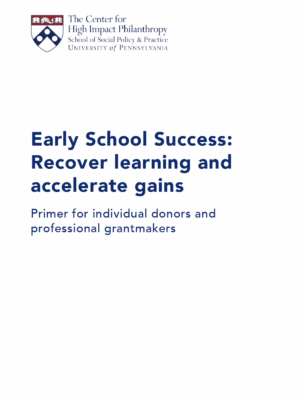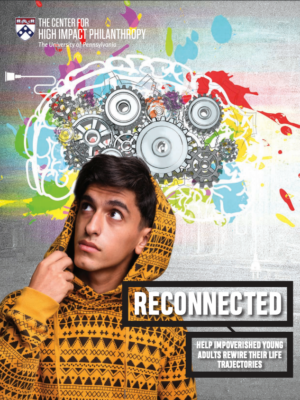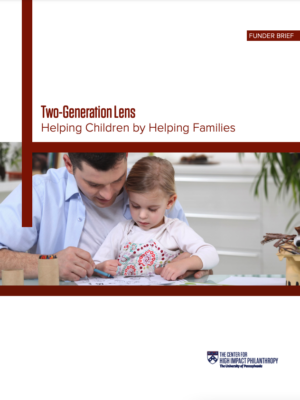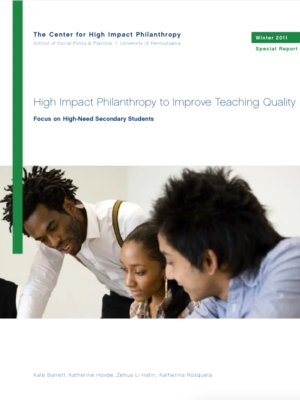GUIDANCE
Early Childhood Toolkit
In the past thirty seconds, three more children were born in the United States. Of these three, only two are likely to graduate from high school. Millions of children in the U.S. face lives of lost potential without access to quality prenatal care, healthy and supportive environments, and opportunities to learn. It doesn’t have to be that way.
Funders can help all children get an equal chance at a strong start.
Our Guidance

Early School Success: Recover learning and accelerate gains
For children ages 0 – 8, brain development and social and emotional learning are especially critical. Early school success predicts later school success and a host of positive life outcomes. Unless we can recover learning lost during the pandemic and accelerate gains, we risk losing a generation of children.

Reconnected: Opportunity Youth Kit
Of the nearly 40 million Americans between the ages of 16 to 24 in the U.S., approximately five million are neither employed nor in school. This disconnection is not only difficult for the youth themselves, it is also costly to society in the long run. But donors have a tremendous opportunity here to intervene. The odds may be stacked against them, but when given the opportunity and support, many of these disconnected young adults find their way forward.

Two-Generation Lens Funder Brief: Helping Children by Helping Families
The “two-generation” approach is a strategy to promote youth children’s healthy development by developing the capabilities and resources of parents or caregivers. Adding a two-generation lens to inform an early childhood investment strategy can increase the impact of a portfolio of investments. This brief contains additional background information and tips for donors seeking that impact.

High Impact Philanthropy to Improve Teaching Quality: Focus on High-Need Secondary Students
Despite increases in per pupil spending, dropout rates remain alarmingly high, achievement gaps persist, and U.S. students rank behind their peers in many other countries. Researchers, educators, and funders across the political spectrum increasingly agree that change is needed, and that teachers are the single most crucial lever for accomplishing that change.
Pathways to Student Success
Pathways to Student Success: A Guide to Translating Good Intentions into Meaningful Impact was written for individuals who seek to go beyond charity by actively searching for opportunities to produce as much good as possible with the dollars available. In this guide, the Center addresses the critical questions that must be answered to achieve the biggest bang for every philanthropic buck, including what is a meaningful change to target, what activities lead to that change for at-risk students, and how much does it cost to make that change.

